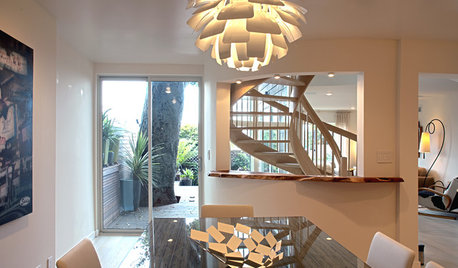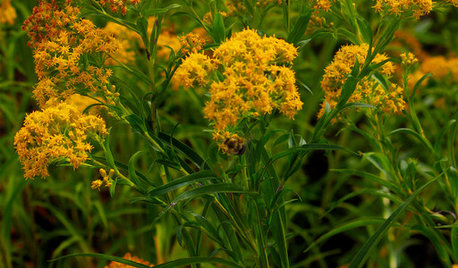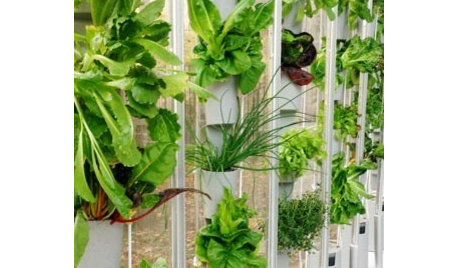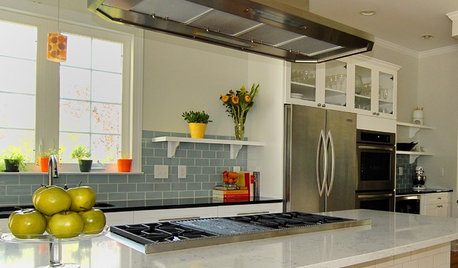PH help!! New to hydroponics
happybasil
10 years ago
Related Stories


PETS6 Ways to Help Your Dog and Landscape Play Nicely Together
Keep your prized plantings intact and your dog happy too, with this wisdom from an expert gardener and dog guardian
Full Story
MOST POPULAR7 Ways to Design Your Kitchen to Help You Lose Weight
In his new book, Slim by Design, eating-behavior expert Brian Wansink shows us how to get our kitchens working better
Full Story
REMODELING GUIDESWisdom to Help Your Relationship Survive a Remodel
Spend less time patching up partnerships and more time spackling and sanding with this insight from a Houzz remodeling survey
Full Story
FLOWERS AND PLANTSThis Sunny Yellow Flower Helps Fall Pollinators and Landscapes
Oligoneuron riddellii’s distinct grass-like leaves and bright flowers jazz up the garden in the upper Midwest and Central Plains
Full Story
PRODUCT PICKSGuest Picks: High-Tech Plant Helpers
Hydroponics, monitoring systems, even an electric pollinator ... these gadgets and services keep your greenery growing strong
Full Story
GARDENING GUIDESHave Acidic Soil in Your Yard? Learn to Love Gardening Anyway
Look to acid-loving plants, like conifers and rhododendrons, to help your low-pH garden thrive
Full Story
EDIBLE GARDENSNatural Ways to Get Rid of Weeds in Your Garden
Use these techniques to help prevent the spread of weeds and to learn about your soil
Full Story
KITCHEN DESIGNGet Quartz and Porcelain Surfaces Super Clean
These cleaning tips for quartz, travertine, porcelain and engineered stone will help keep your countertops and sinks looking spotless
Full Story
CONCRETEWhy Concrete Wants to Crack
We look at the reasons concrete has a tendency to crack — and what you can do to help control it
Full Story






PupillaCharites
cole_robbie
Related Professionals
Oatfield Landscape Architects & Landscape Designers · Oconomowoc Landscape Architects & Landscape Designers · Bainbridge Island Landscape Contractors · Broadlands Landscape Contractors · Federal Way Landscape Contractors · Lexington Landscape Contractors · Maywood Landscape Contractors · Mequon Landscape Contractors · North Lauderdale Landscape Contractors · Pleasant Prairie Landscape Contractors · Thonotosassa Landscape Contractors · Tinton Falls Landscape Contractors · Vermilion Landscape Contractors · Waldorf Landscape Contractors · Wells Landscape ContractorshappybasilOriginal Author
cole_robbie